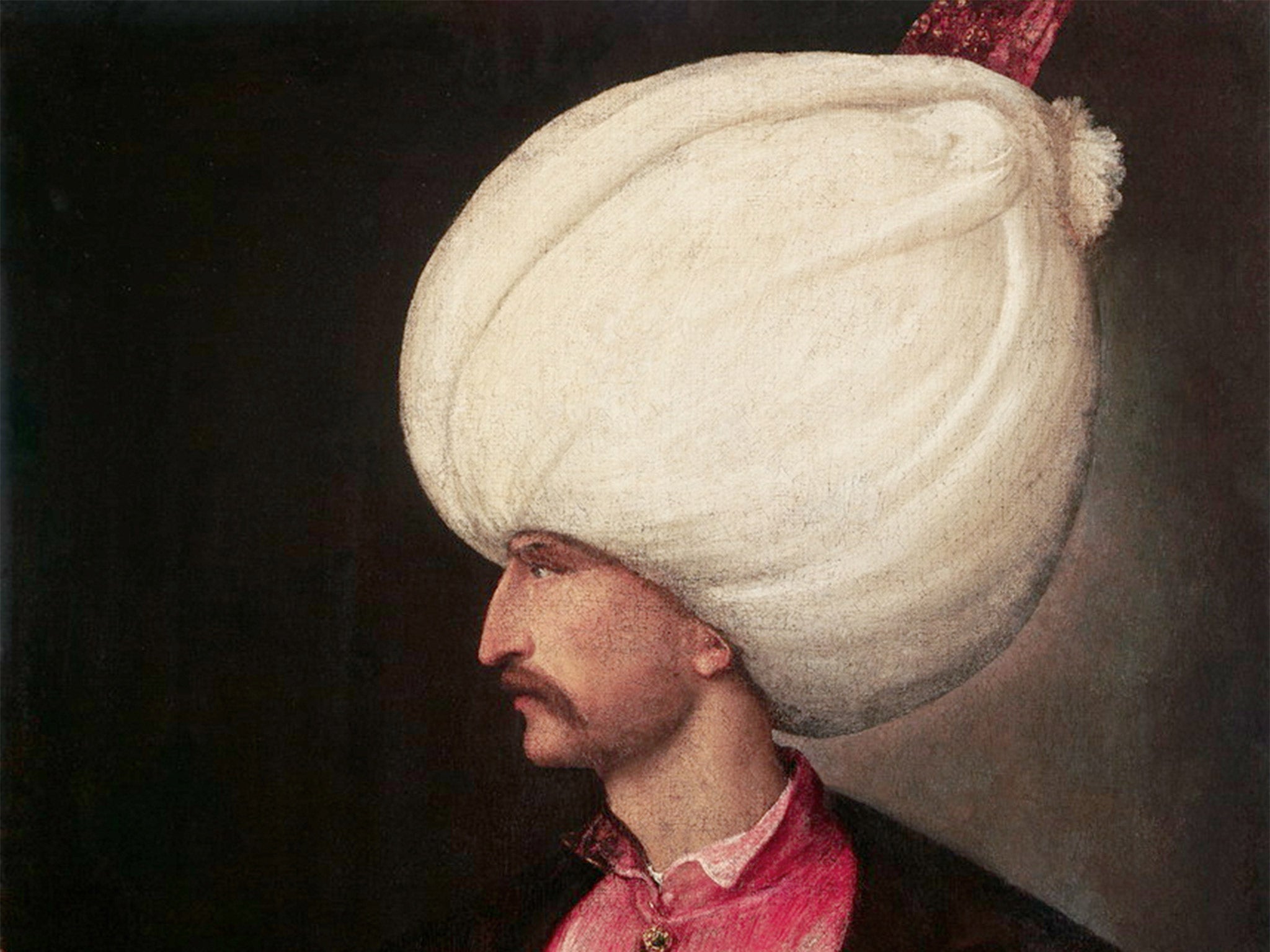Suleiman the Magnificent: Tomb of Ottoman Empire's longest-serving sultan 'found in Hungary'
Historian says tomb is believed to have been built at spot where Suleiman died during siege of Szigetvar in 1566

Your support helps us to tell the story
From reproductive rights to climate change to Big Tech, The Independent is on the ground when the story is developing. Whether it's investigating the financials of Elon Musk's pro-Trump PAC or producing our latest documentary, 'The A Word', which shines a light on the American women fighting for reproductive rights, we know how important it is to parse out the facts from the messaging.
At such a critical moment in US history, we need reporters on the ground. Your donation allows us to keep sending journalists to speak to both sides of the story.
The Independent is trusted by Americans across the entire political spectrum. And unlike many other quality news outlets, we choose not to lock Americans out of our reporting and analysis with paywalls. We believe quality journalism should be available to everyone, paid for by those who can afford it.
Your support makes all the difference.The remains of the tomb of Suleiman the Magnificent, who died in 1566 while his troops were besieging the fortress of Szigetvar in southern Hungary, have "in all likelihood" been found, a Hungarian historian said Wednesday.
Norbert Pap said the tomb is believed to have been built over the spot where Suleiman's tent stood and where he died. Pap, head of the department of Political Geography, Regional and Development Studies at the University of Pecs in Hungary, said objects suggesting it was Suleiman's tomb were found during the dig, as well as other historical evidence, although more excavations are needed to confirm the find.
"We have data which all points in the same direction," Pap said at a presentation of the latest findings. "That is why we say `in all certainty,' because there is no sign pointing in another direction. But more confirmation is needed, as this is a very delicate topic."
Until his death at age 71, Suleiman was the Ottoman Empire's longest-ruling sultan. The Turks greatly expanded their dominance in the Balkans, the Middle East and northern Africa during his 46-year reign.
What is believed to be the sultan's tomb is located in the former Ottoman settlement of Turbek, which was destroyed in the 1680s. The settlement's discovery was announced by Pap in 2013.
Historians believe Suleiman's heart and internal organs were buried in the tomb and his body taken back to Constantinople, as Istanbul was then known. His death at Szigetvar was kept secret for 48 days to prevent his troops from giving up the fight.
Szigetvar was defended by locals led by Croatian-Hungarian nobleman Miklos Zrinyi. The siege was a pyrrhic victory for the Turks and delayed their ultimately unsuccessful advance toward Vienna for decades.
Pap said some other structures near the tomb, all still underground, are likely to be a small mosque and a dervish monastery. He said excavation work at the site would restart in April.
Associated Press
Join our commenting forum
Join thought-provoking conversations, follow other Independent readers and see their replies
Comments